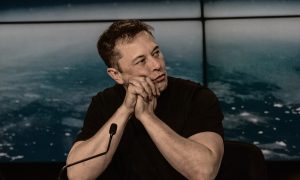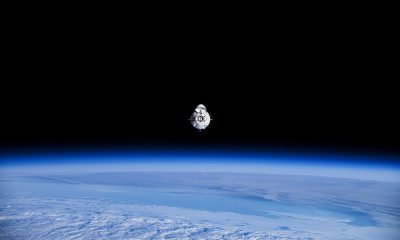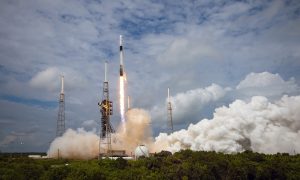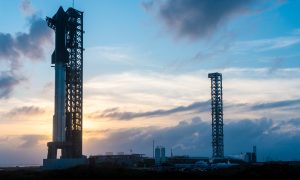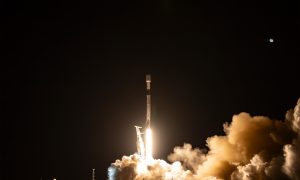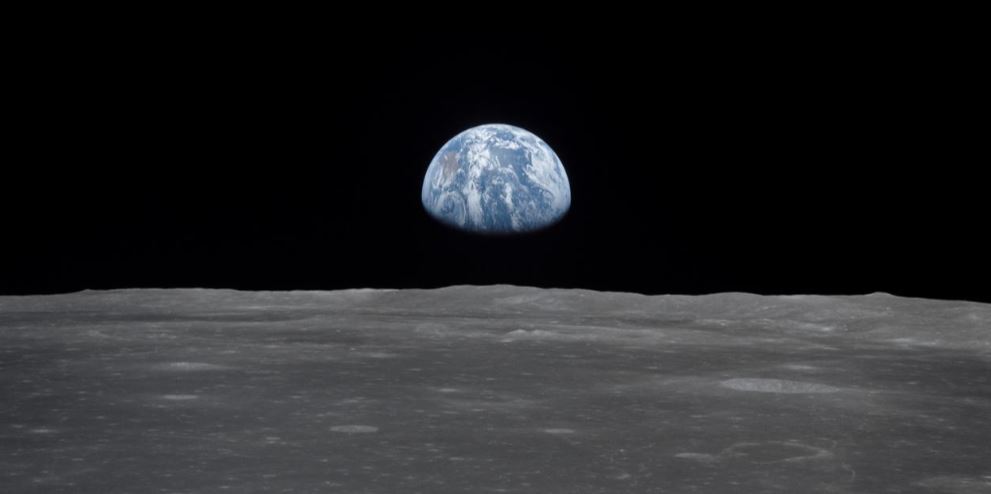

News
NASA opens $2.6 billion in contract services for Moon to Mars missions
“We are going,” is an important part NASA’s motto for its return to the Moon, and to get there, the space agency will need corporate partners. As part of carrying out the private sector integration requirements of White House Space Policy Directive 1, NASA Administrator Jim Bridenstine announced today at 2 pm EST the nine companies the agency has selected to compete for $2.6 billion in contracts to support its Moon to Mars mission. These contracts will be geared to filling the needs of NASA’s Commercial Lunar Payload Services Program over the next ten years of its development.
https://twitter.com/JimBridenstine/status/1067495719836110850
Prior to the announcement, Bridenstine spoke on The Hill TV’s “Rising” program, emphasizing the purpose of the Space Policy Directive’s mission to build the capabilities of not only returning to the Moon, but stay as a sustained presence. In his opening remarks, he further honed in on the major difference in NASA’s current direction for obtaining new capabilities. “We’re gonna buy the service,” he cheered. As the event continued, he and Thomas Zurbuchen, associate administrator for NASA’s Science Mission Directorate in Washington, detailed the numerous technical capabilities required for the Moon mission that the private companies will be competing to develop.
Here’s the break down of the space agency’s newly announced partners:
Astrobotic Technology: A Pittsburgh-based company focused on flying hardware systems into space for companies, governments, and universities. The company is currently developing a “Peregrine Lander” aimed at orbital and surface operations for any lunar destination.
Deep Space Systems: A Colorado-based company focused on systems engineering for supporting the design, development, integration, testing, and operations of science and exploration spacecraft. The company currently subcontracts with other major contractors in the field of space exploration such as Lockheed Martin and NASA.
Draper: A Cambridge-based company focused on developing general engineered systems for corporate, government, and academic solutions. Their Moon work will focus on providing payload services.
Firefly Aerospace: An Austin-based company focused on economical and convenienct access to space for small payloads via reliable launch vehicles. Their priority is providing low-cost rocket access to low Earth orbit (LEO).
Intuitive Machines: A Houston-based company focused on cradle to grave aerospace engineering development, integration, and testing services along with a unique set of aerospace. Some of its current technology developments include a universal reentry vehicle and a lunar lander.
Lockheed Martin: An industry giant with a long, established history of involvement with NASA and human spaceflight. The company will provide any number of contributions towards NASA’s mission to the Moon.
Maston Space Systems: A Mojave-based company focused on reusable rocket technology and reliable planetary landers for the Earth, Moon, Mars, and beyond. The company previously competed and succeeded through two funding levels in the Northrop Grumman Lunar Lander Challenge X Prize in 2009.
Moon Express: A Cape Canaveral-based company dedicated to expanding commercial opportunities in general on the Moon. The company has previously worked with NASA to develop Moon commercial cargo transporation capabilities and was the first private company authorized by the US government to land on the Moon.
Orbit Beyond: A New Jersey-based company building spacecraft bound for the Moon. [no link available]
The White House Space Policy Directive 1, signed December 11, 2017, revised US national space policy to integrate NASA’s programs with private sector partners to return to the Moon before continuing on to human exploration of Mars. As part of a push to continue American leadership in space, the Directive instructs NASA to develop a flexible deep space infrastructure to support the increasing complexity of missions. The agency currently partners with the private sector for other missions, including human transport to the International Space Station (ISS) wherein SpaceX and Boeing are developing capsules for that purpose, and the Directive expands that to include deep space missions.
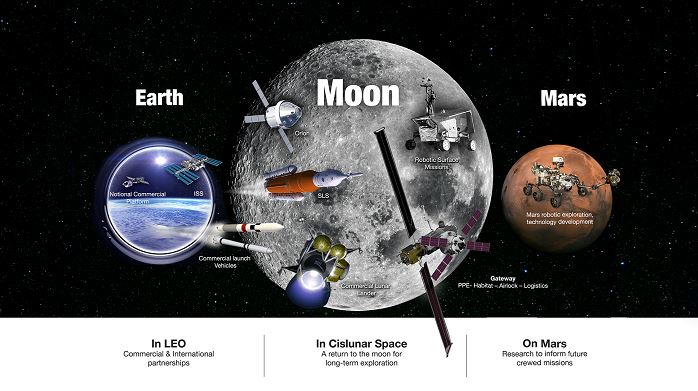
The Space Policy Directive was born from the recommendations provided during the first meeting of the new National Space Council, a group under the US Department of Commerce’s Office of Space Commerce. During Council meetings, US government officials from civilian and military space along with space industry leaders such as SpaceX and Boeing, as well as other significant public and private institutions, hold discussions with high ranking members of the US government, the Vice President being the Chairman. The purpose is to help overall comprehension of the challenges involved in making significant progress in space exploration and propose viable policy solutions.
The outline published by NASA to fulfill the Space Policy Directive, the “Exploration Campaign“, focuses on three core domains for development: low Earth orbit, lunar orbit and surface, and Mars, with the option of other deep space objectives being integrated. Under this framework, NASA hopes to have its next rocket combination, the Space Launch System and Orion capsule, fly to the Moon by 2020 with crewed flights planned for 2023. Direct support to the ISS will end by 2025.
News
These Tesla, X, and xAI engineers were just poached by OpenAI
The news is the latest in an ongoing feud between Elon Musk and the Sam Altman-run firm OpenAI.

OpenAI, the xAI competitor for which Elon Musk previously served as a boardmember and helped to co-found, has reportedly poached high-level engineers from Tesla, along with others from xAI, X, and still others.
On Tuesday, Wired reported that OpenAI hired four high-level engineers from Tesla, xAI, and X, as seen in an internal Slack message sent by co-founder Greg Brockman. The engineers include Tesla Vice President of Software Engineering David Lau, X and xAI’s head of infrastructure engineering Uday Ruddarraju, and fellow xAI infrastructure engineer Mike Dalton. The hiring spree also included Angela Fan, an AI researcher from Meta.
“We’re excited to welcome these new members to our scaling team,” said Hannah Wong, an OpenAI spokesperson. “Our approach is to continue building and bringing together world-class infrastructure, research, and product teams to accelerate our mission and deliver the benefits of AI to hundreds of millions of people.”
Lau has been in his position as Tesla’s VP of Software Engineering since 2017, after previously working for the company’s firmware, platforms, and system integration divisions.
“It has become incredibly clear to me that accelerating progress towards safe, well-aligned artificial general intelligence is the most rewarding mission I could imagine for the next chapter of my career,” Lau said in a statement to Wired.
🚨Optimistic projections point to xAI possibly attaining profitability by 2027, according to Bloomberg's sources.
If accurate, this would be quite a feat for xAI. OpenAI, its biggest rival, is still looking at 2029 as the year it could become cash flow positive.💰 https://t.co/pE5Z9daez8
— TESLARATI (@Teslarati) June 18, 2025
READ MORE ON OPENAI: Elon Musk’s OpenAI lawsuit clears hurdle as trial looms
At xAI, Ruddarraju and Dalton both played a large role in developing the Colossus supercomputer, which is comprised of over 200,000 GPUs. One of the major ongoing projects at OpenAI is the company’s Stargate program,
“Infrastructure is where research meets reality, and OpenAI has already demonstrated this successfully,” Ruddarraju told Wired in another statement. “Stargate, in particular, is an infrastructure moonshot that perfectly matches the ambitious, systems-level challenges I love taking on.”
Elon Musk is currently in the process of suing OpenAI for shifting toward a for-profit model, as well as for accepting an investment of billions of dollars from Microsoft. OpenAI retaliated with a counterlawsuit, in which it alleges that Musk is interfering with the company’s business and engaging in unfair competition practices.
Elon Musk confirms Grok 4 launch on July 9 with livestream event
News
SpaceX share sale expected to back $400 billion valuation
The new SpaceX valuation would represent yet another record-high as far as privately-held companies in the U.S. go.
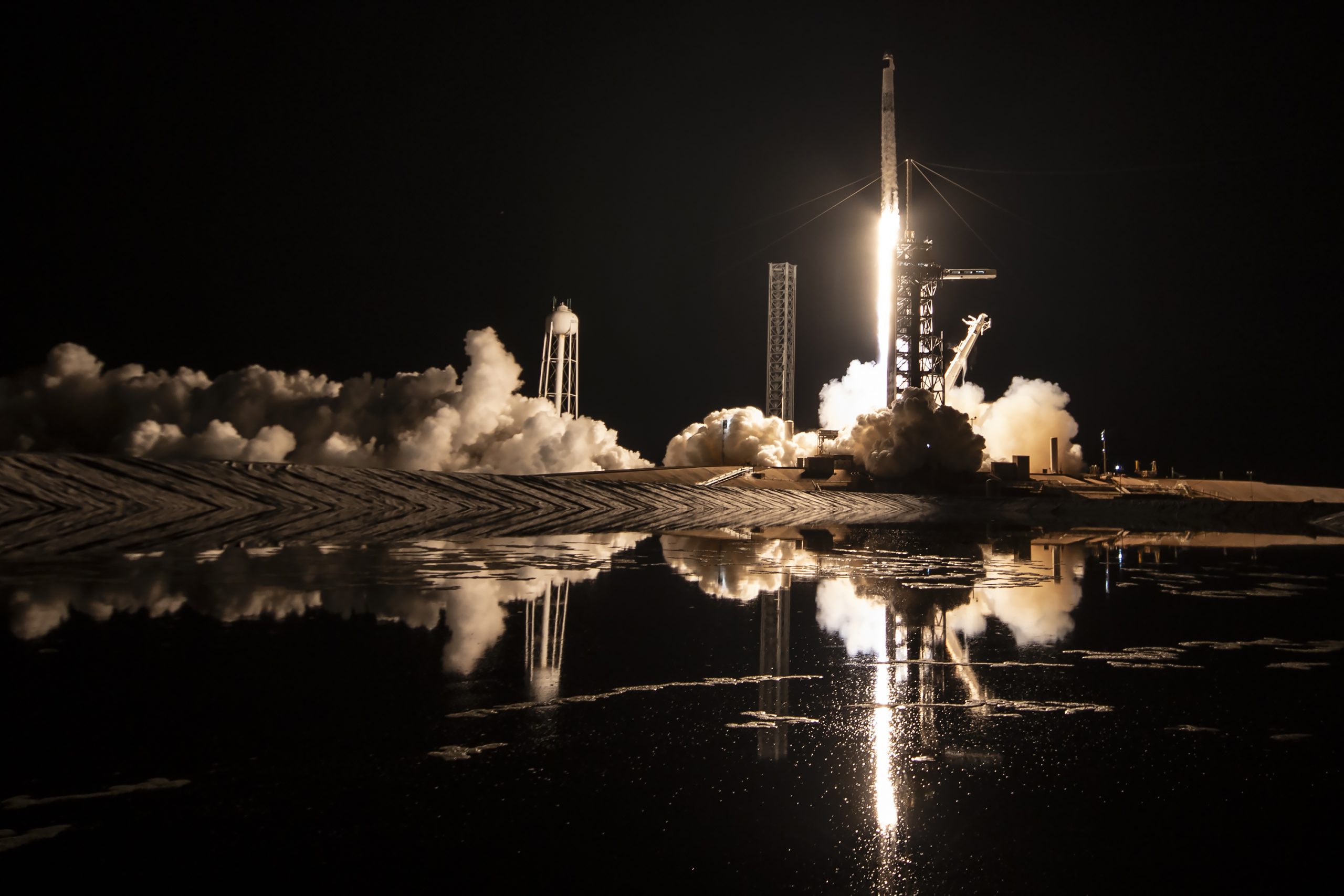
A new report this week suggests that Elon Musk-led rocket company SpaceX is considering an insider share sale that would value the company at $400 billion.
SpaceX is set to launch a primary fundraising round and sell a small number of new shares to investors, according to the report from Bloomberg, which cited people familiar with the matter who asked to remain anonymous due to the information not yet being public. Additionally, the company would sell shares from employees and early investors in a follow-up round, while the primary round would determine the price for the secondary round.
The valuation would represent the largest in history from a privately-owned company in the U.S., surpassing SpaceX’s previous record of $350 billion after a share buyback in December. Rivaling company valuations include ByteDance, the parent company of TikTok, as well as OpenAI.
Bloomberg went on to say that a SpaceX representative didn’t respond to a request for comment at the time of publishing. The publication also notes that the details of such a deal could still change, especially depending on interest from the insider sellers and share buyers.
Axiom’s Ax-4 astronauts arriving to the ISS! https://t.co/WQtTODaYfj
— TESLARATI (@Teslarati) June 26, 2025
READ MORE ON SPACEX: SpaceX to decommission Dragon spacecraft in response to Pres. Trump war of words with Elon Musk
SpaceX’s valuation comes from a few different key factors, especially including the continued expansion of the company’s Starlink satellite internet company. According to the report, Starlink accounts for over half of the company’s yearly revenue. Meanwhile, the company produced its 10 millionth Starlink kit last month.
The company also continues to develop its Starship reusable rocket program, despite the company experiencing an explosion of the rocket on the test stand in Texas last month.
The company has also launched payloads for a number of companies and government contracts. In recent weeks, SpaceX launched Axiom’s Ax-4 mission, sending four astronauts to the International Space Station (ISS) for a 14-day stay to work on around 60 scientific experiments. The mission was launched using the SpaceX Falcon 9 rocket and a new Crew Dragon capsule, while the research is expected to span a range of fields including biology, material and physical sciences, and demonstrations of specialized technology.
News
Tesla Giga Texas continues to pile up with Cybercab castings
Tesla sure is gathering a lot of Cybercab components around the Giga Texas complex.
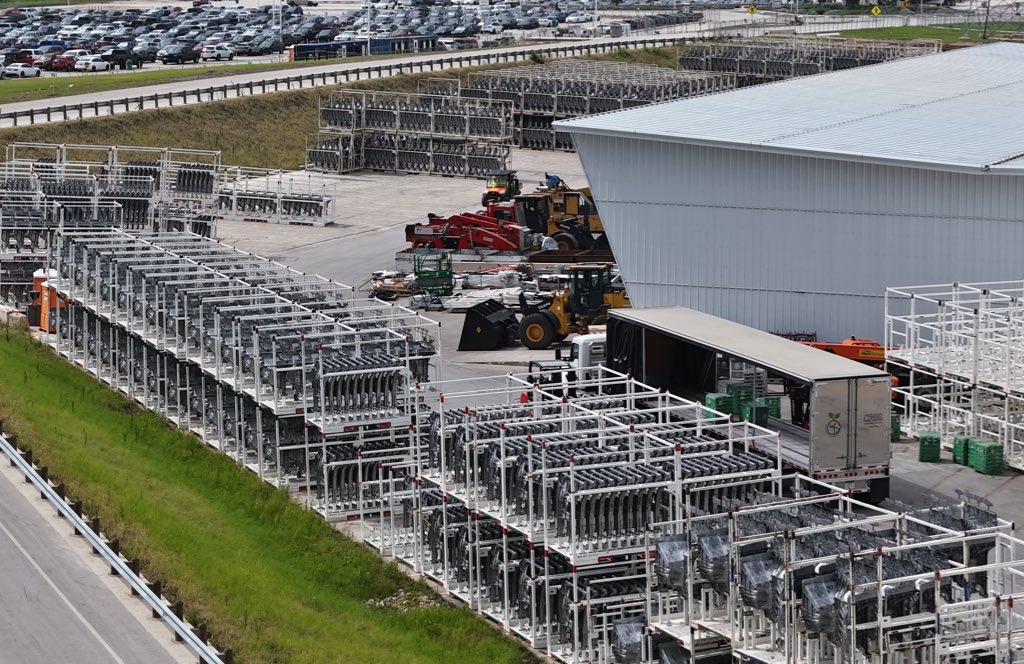
Tesla may be extremely tight-lipped about the new affordable models that it was expected to start producing in the first half of the year, but the company sure is gathering a lot of Cybercab castings around the Giga Texas complex. This is, at least, as per recent images taken of the facility.
Cybercab castings galore
As per longtime drone operator Joe Tegtmeyer, who has been chronicling the developments around the Giga Texas complex for several years now, the electric vehicle maker seems to be gathering hundreds of Cybercab castings around the factory.
Based on observations from industry watchers, the drone operator appears to have captured images of about 180 front and 180 rear Cybercab castings in his recent photos.
Considering the number of castings that were spotted around Giga Texas, it would appear that Tesla may indeed be preparing for the vehicle’s start of trial production sometime later this year. Interestingly enough, large numbers of Cybercab castings have been spotted around the Giga Texas complex in the past few months.
Cybercab production
The Cybercab is expected to be Tesla’s first vehicle that will adopt the company’s “unboxed” process. As per Tesla’s previous update letters, volume production of the Cybercab should start in 2026. So far, prototypes of the Cybercab have been spotted testing around Giga Texas, and expectations are high that the vehicle’s initial trial production should start this year.
With the start of Tesla’s dedicated Robotaxi service around Austin, it might only be a matter of time before the Cybercab starts being tested on public roads as well. When this happens, it would be very difficult to deny the fact that Tesla really does have a safe, working autonomous driving system, and it has the perfect vehicle for it, too.
-

 Elon Musk1 week ago
Elon Musk1 week agoTesla investors will be shocked by Jim Cramer’s latest assessment
-

 News2 weeks ago
News2 weeks agoTesla Robotaxi’s biggest challenge seems to be this one thing
-

 Elon Musk1 day ago
Elon Musk1 day agoElon Musk confirms Grok 4 launch on July 9 with livestream event
-

 News2 weeks ago
News2 weeks agoWatch the first true Tesla Robotaxi intervention by safety monitor
-

 News5 days ago
News5 days agoTesla Model 3 ranks as the safest new car in Europe for 2025, per Euro NCAP tests
-

 Elon Musk2 weeks ago
Elon Musk2 weeks agoA Tesla just delivered itself to a customer autonomously, Elon Musk confirms
-

 Elon Musk2 weeks ago
Elon Musk2 weeks agoElon Musk confirms Tesla Optimus V3 already uses Grok voice AI
-

 Elon Musk2 weeks ago
Elon Musk2 weeks agoxAI welcomes Memphis pollution results, environmental groups push back


